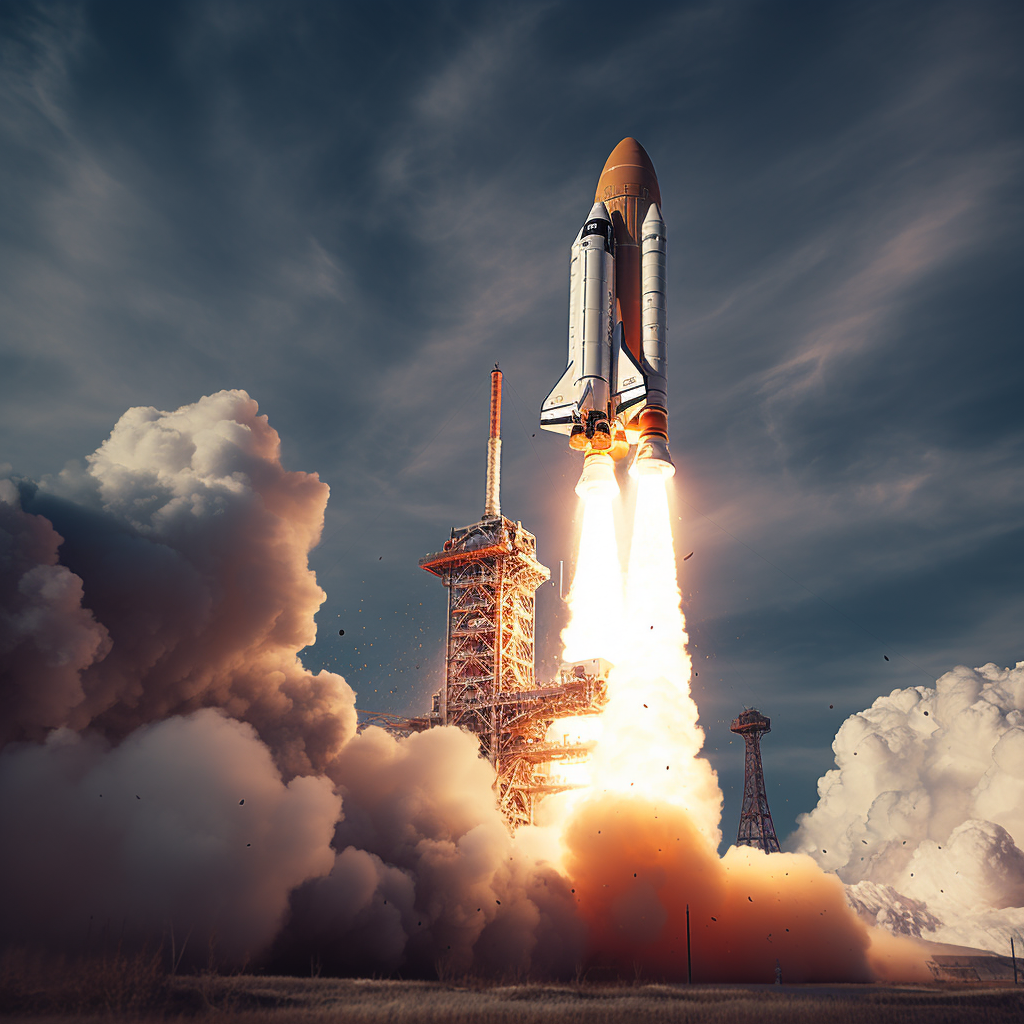October 18, 2023
ISRO’s Ambitious Exploration Projects – Impact on Earth and Beyond
Book a Demo
ISRO’s (Indian Space Research Organization) Aditya L1 spacecraft is on course to reach its target by mid-January, according to ISRO Chairman S Somanath. This mission, designed to study the Sun, is part of a series of ambitious exploration projects planned by the ISRO.
The space agency is not only aiming for the stars but also working on a significant mission closer to home. ISRO is preparing to conduct the first Gaganyaan simulation test, designed to mimic a failed launch, on October 21. This is a critical step in ISRO’s first human spaceflight program, marking a new chapter in India’s space exploration history.
Apart from the Sun and human spaceflight, ISRO is also strategizing a series of missions to Mars, Venus, and the Moon. These missions aim to further our understanding of the universe and establish India as a major player in space exploration.
In addition to these high-profile missions, ISRO is also focusing on projects more closely related to Earth. The agency is readying missions to research Earth’s climate and weather conditions, along with other regular scientific projects. These projects will provide valuable data that could help us better understand and combat climate change.
One of the highlights of ISRO’s lunar exploration was the successful landing of the Vikram lander, part of the Chandrayaan 3 spacecraft. Although it successfully completed its functions during the lunar day, the lander has not sent any signals back to Earth.
ISRO’s collaborative efforts extend beyond India’s borders. The space agency continues its partnership with the French space agency, CNES, on the TRISHNA mission. This mission, scheduled for a 2025 launch, aims to gather information on resource usage and environmental conditions.
Another international collaboration that ISRO is part of is the NISAR satellite project. This joint venture with NASA aims to assess the impact of climate change by monitoring planetary movements. The launch of this satellite is scheduled for January 2024.
Lastly, ISRO recently announced the G20 satellite, designed to address issues such as climate change, environmental degradation, and natural hazards. The development and deployment of this satellite have been fast-tracked, with the aim to complete it within a two-year timeframe.
These ambitious efforts by ISRO showcase India’s commitment to space exploration and the application of space technology for the betterment of life on Earth. As we look forward to the outcomes of these missions, it is clear that ISRO is playing a key role in shaping the future of space exploration.



